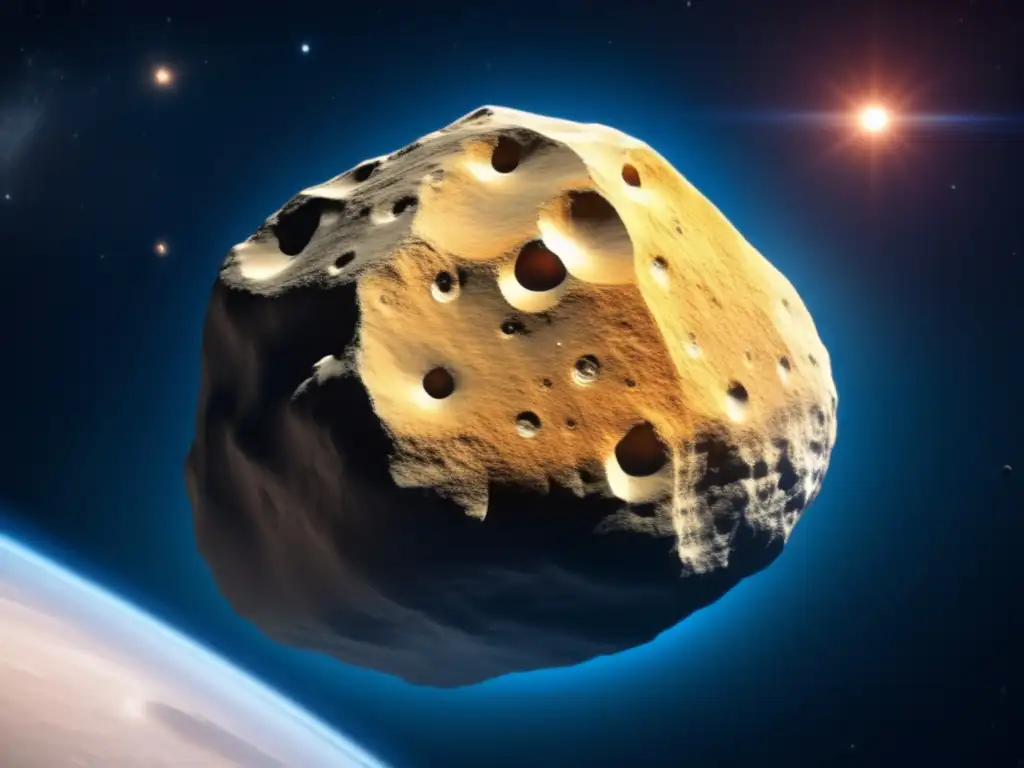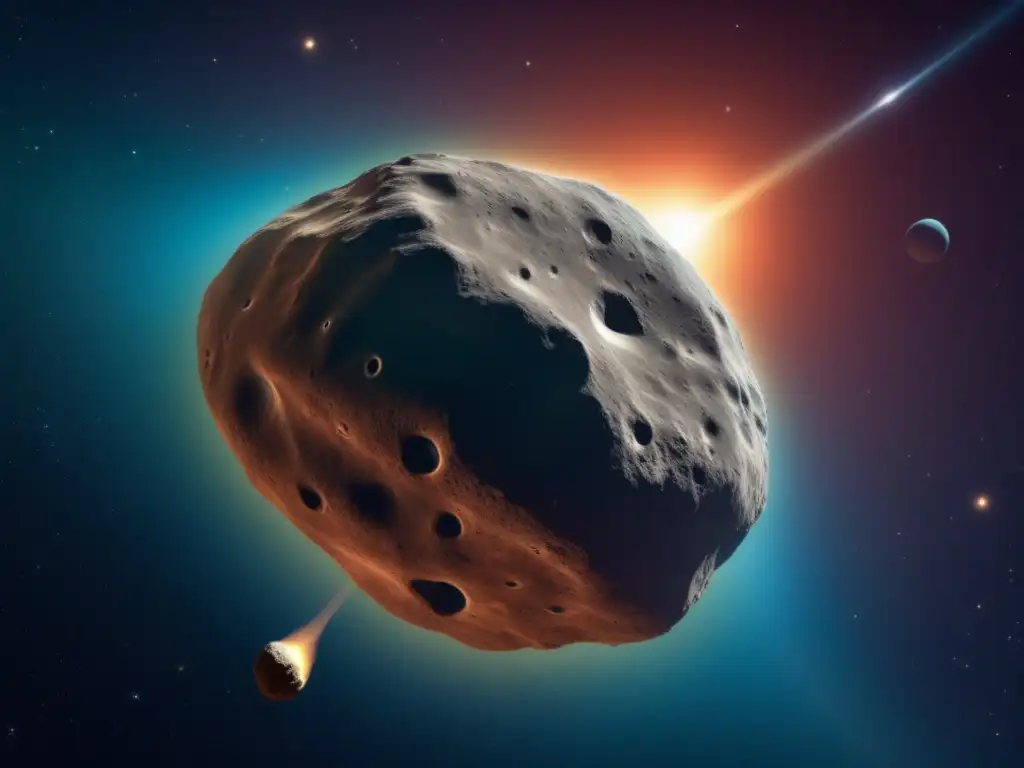A Closer Look At Asteroid Patroclus

Introduction
Welcome to Asteroid Realm's asteroid profiles! In this article, we take a closer look at Asteroid Patroclus. Patroclus is a fascinating celestial object that has captured the attention of astronomers and researchers alike. In this comprehensive guide, we will explore its mythology, history, and cultural significance. Let's dive deep into the world of Asteroid Patroclus.
The Mythological Connection of Patroclus

The Story of Patroclus in Greek Mythology
In Greek mythology, Patroclus was known as the loyal companion of Achilles during the Trojan War. He played a significant role in various narratives, including his tragic death at the hands of Hector. Patroclus represents bravery, friendship, and sacrifice, making it an intriguing choice for an asteroid name.
Symbolism and Significance
Patroclus symbolizes the bond of friendship and the consequences of war. Its association with the Greek epic, the Iliad, adds a layer of historical and cultural significance to this asteroid.
Discovery and Exploration

Discovery of Patroclus
Asteroid Patroclus was discovered on October 17, 1906, by astronomer August Kopff. It was named after the mythological figure due to its notable characteristics and symbolism.
Physical Characteristics
Patroclus is classified as a binary asteroid, meaning it consists of two connected bodies orbiting each other. The larger component measures approximately 140 kilometers in diameter, while the smaller one is about 110 kilometers in diameter. The overall shape of Patroclus resembles a somewhat elongated object.
Exploration Missions
As of now, no specific exploration mission has been planned for Patroclus. However, with the advancements in space exploration technology, scientists hope to gather more information about this intriguing binary asteroid in the future.
Scientific Significance

Research and Discoveries
The study of Patroclus provides valuable insights into the formation and evolution of binary asteroids. Scientists have conducted extensive research to understand the gravitational interactions between the two components and the dynamics of their orbit.
Potential for Future Exploration
The unique characteristics of binary asteroids like Patroclus make them potential targets for future asteroid exploration missions. By studying these objects up close, scientists can enhance our understanding of the solar system's early history and its dynamic processes.
Frequently Asked Questions

-
What is the significance of Asteroid Patroclus?
Asteroid Patroclus holds cultural and historical significance due to its connection to Greek mythology and the Trojan War. It also provides scientific insights into the formation and behavior of binary asteroids.
-
Who discovered Asteroid Patroclus?
Astronomer August Kopff discovered Asteroid Patroclus on October 17, 1906.
-
What are the physical characteristics of Patroclus?
Patroclus is a binary asteroid consisting of two connected bodies. The larger component measures around 140 kilometers in diameter, while the smaller one is approximately 110 kilometers in diameter.
-
Are there any exploration missions planned for Patroclus?
As of now, no specific exploration missions have been planned for Patroclus. However, future missions may target binary asteroids like Patroclus to further our understanding of these intriguing celestial objects.
-
What can we learn from studying binary asteroids?
By studying binary asteroids like Patroclus, scientists can gain insights into the early history and dynamics of the solar system. These objects provide valuable information about the formation and evolution of celestial bodies.
Conclusion
Asteroid Patroclus presents a window into the realms of Greek mythology, historical significance, and scientific exploration. Its association with the loyal companion of Achilles brings forth themes of friendship and sacrifice. The discovery and study of Patroclus offer valuable insights into binary asteroids and their role in shaping our understanding of the solar system. We encourage you to share your thoughts and continue exploring the fascinating world of asteroids on Asteroid Realm. Thank you for joining us on this journey.
Additional Resources

To delve deeper into the topic of asteroids, binary systems, and space exploration, you can explore the following resources:
- NASA's Asteroid Redirect Mission
- European Space Agency's Hera Mission
- International Astronomical Union (IAU) - Minor Planet Center
- Smithsonian National Air and Space Museum - Asteroids: The Early Solar System
 Asteroid Telephus: A Tale Of Discovery
Asteroid Telephus: A Tale Of Discovery The Unique Characteristics Of Asteroid Peleus
The Unique Characteristics Of Asteroid Peleus Discovering The Secrets Of Asteroid Nestor
Discovering The Secrets Of Asteroid NestorIf you want to discover more articles similar to A Closer Look At Asteroid Patroclus, you can visit the Asteroid Profiles category.
Leave a Reply

Articulos relacionados: